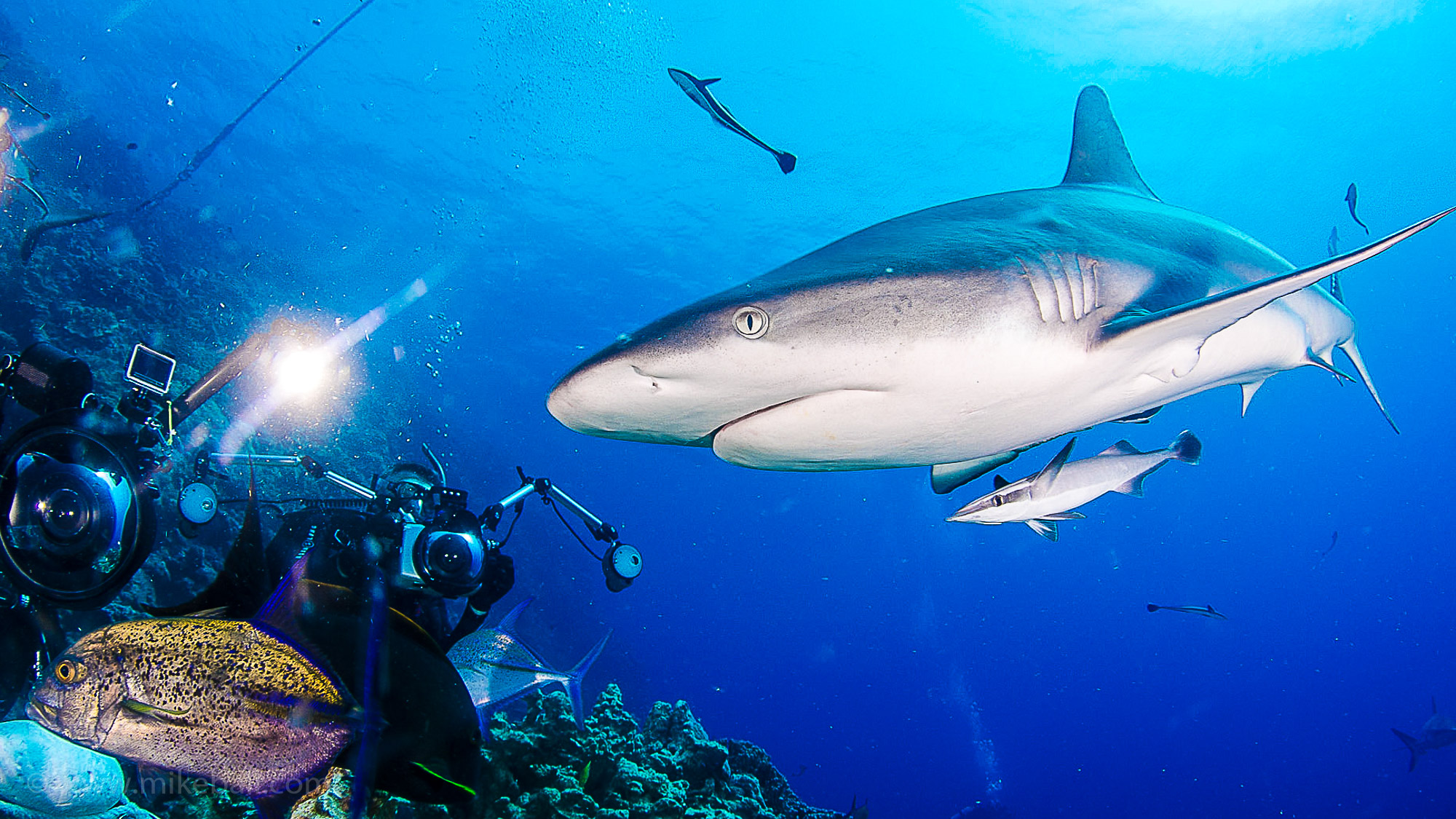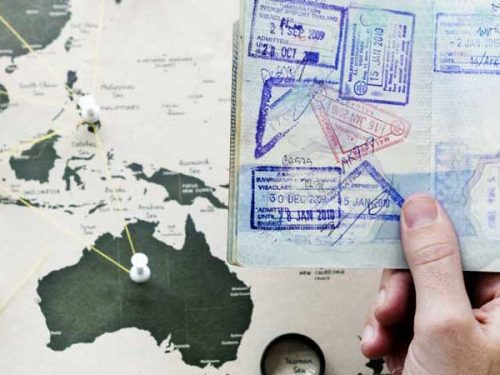Although the figure fluctuates regularly, there are currently around 450 recognized species of sharks ranging from the tiny 17 cm length of the Dwarf Lanternshark to the mammoth proportions of the Whale Shark. Most species are migratory, so it’s worth knowing a little about the species you want to dive with and where you’ll be able to find them.
Whale Sharks
 These sharks are the largest of their kind, averaging around 35ft in length and distinctive because of their instantly recognisable spots and stripes that are usually yellow in colour. They’re filter feeders, just like the whales that give them their name, and are generally harmless. Although you can find them all over from Thailand, to the Red Sea, you’re most likely to find them in the Philippines between December and January when the plankton are particularly close to the surface.
These sharks are the largest of their kind, averaging around 35ft in length and distinctive because of their instantly recognisable spots and stripes that are usually yellow in colour. They’re filter feeders, just like the whales that give them their name, and are generally harmless. Although you can find them all over from Thailand, to the Red Sea, you’re most likely to find them in the Philippines between December and January when the plankton are particularly close to the surface.
Great Whites
Contrary to popular belief, Great Whites don’t target humans, a misconception largely brought about by Jaws-style movies. While they tend to be loners and rarely travel in large groups, they can be found at sites around the world, from Australia to Mexico. The best place to almost guarantee a sighting is at Dyer Island in South Africa, where a stretch of water between it and Gansbaai Island is referred to as Shark Alley. The best time to meet them is from May to October.
Tiger Sharks
Also known as the Sea Tiger, these unique creatures can reach 5 metres long. They’re regarded as one of the more deadly species of shark because they have one of the highest records for human fatalities. In fact, because they spend as much of their time in rivers and estuaries as they do in the deep, they encounter humans much more frequently, so their percentage attack rate compared to their high encounter rate is actually lower than those sharks which barely meet humans at all. Still, they’re fascinating to watch and easily distinguishable thanks to the dark stripes on their flanks. Head to the Bahamas between April and June where 20 miles of the coast off Grand Bahama you’ll find Tiger Beach.
Weird Sharks
Wobbegong Shark
Ever heard of a Wobbegong Shark? They are also known as “Carpet Sharks” thanks to the strange shaggy flesh that hangs from their mouths. They are mostly found in shallow waters, in the temperate and tropical waters of the western Pacific Ocean and eastern Indian Ocean, chiefly around Australia and Indonesia. They are so common in Australia, that if you order fish and chips, chances are likely that you are actually enjoying Wobbegong and chips, rather than say cod, or snapper.
Basking Sharks
Basking Sharks are the second largest shark, next to Whale Sharks. They are gentle filter feeders, like their Whale Shark cousins, and must constantly swim to feed. Sadly, these sharks have been highly over fished for their oily livers, fins and flesh.
Frilled Sharks
Frilled Sharks tend to resemble large eels or snakes rather than sharks, and are found mostly off the coast of Japan. Long rows of sharp teeth and distending jaw allow them to consume animals almost twice their size. You aren’t likely to see one anytime soon though, as they generally stick to depths that recreational divers cannot reach. Frilled Sharks have an extremely long gestational period. Imagine being pregnant for 3 and half years?
Sawshark
The Longnose Sawshark has a long flattened serrated snout that accounts for 30% of it’s entire body size, which is about 4 and half feet. When these sharks reproduce, they give birth to between three and twenty-two pups in each litter. The pups are born with their teeth folded against their snout which protects the mother from harm.
Did You Know?
- Sharks don’t have bone, they’re made from cartilage instead. It makes them extremely flexible and just as strong.
- The fastest shark is the Mako, which can reach speeds of up to 60 miles per hour. They’re also able to jump higher than most other sharks as well.
- When sharks sleep, only one half of their brain rests at a time to keep them breathing.
- Shark teeth grow in rows that move forward continually as the front ones become worn or fall out.
- Sharks can be put into a state of hypnosis by turning them upside down for short periods of time. Some species also become docile when nerve endings on their snouts are rubbed gently.







